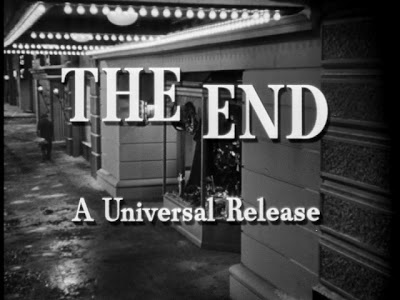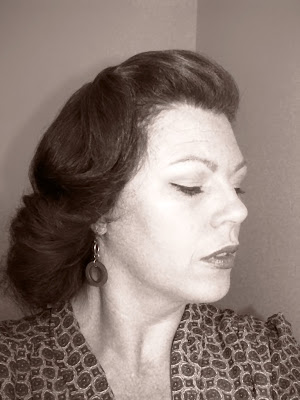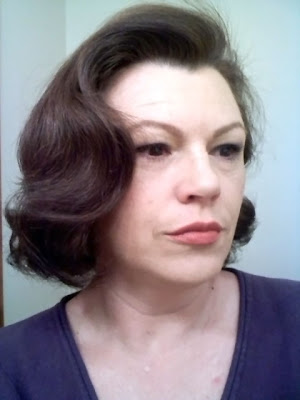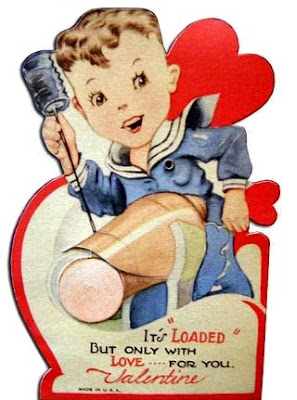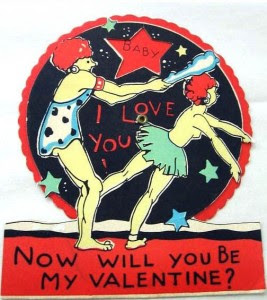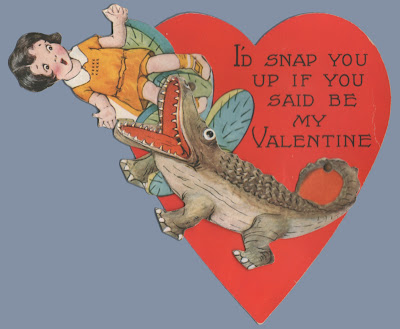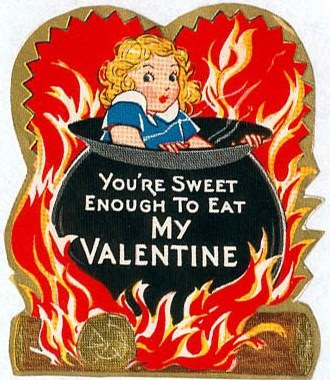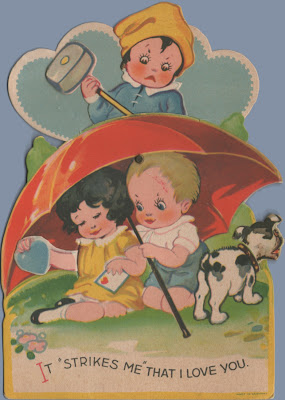 |
| Joanie was a natural blond |
 |
| The Bennetts |
 |
| Constance, Joan, and Barbara |
Besides acting on
the stage, she appeared in more than 70 motion pictures from the era of silent
movies well into the sound era. She is possibly best-remembered for her film
noir femme fatale roles in director Fritz Lang's movies such as The Woman in
the Window and Scarlet Street
At the age of 16,
Joan married Jack Marion Fox, who was 26. The union was anything but happy, in
great part because of Fox's heavy drinking. In February of 1928 Joan and Jack
had a baby girl they named Adrienne, later to be called Diana. The new arrival
did little to help the marriage, though, and in the summer of 1928 they
divorced. With a baby to support, Joan turned to acting.
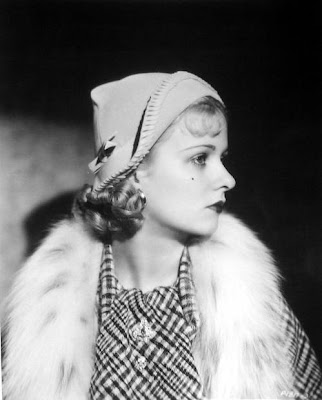 |
| Joan Bennett 1935 |
 |
| Joan with Spencer Tracy in Me and My Gal |
She moved quickly
from movie to movie throughout the 1930s appearing as a blonde (her natural
hair color) for several years.
On March 16, 19 32June 3, 19 37February 27, 19 34
 |
| Joan with second husband Gene Markey and director Raoul Walsh in 1932 |
 |
| Joan with Gene Markey and daughters Diana and Melinda in 1936 |
 |
| Joan with daughter Melinda in 1936 |
In 1933, while pregnant with daughter Melinda, Joan played Amy, a
pert sister competing with Katharine Hepburn's Jo in "Little Women".
This movie brought her to the attention of independent film producer Walter
Wanger, who signed her to a contract and began managing her career. Wanger and
director Tay Garnett persuaded Joan to change her hair from blonde to brunette
as part of the plot for a role. With her change in appearance, she began an
entirely new screen career as her persona shifted from that of blond ingenue
and evolved into that of a glamorous, seductive femme fatale.
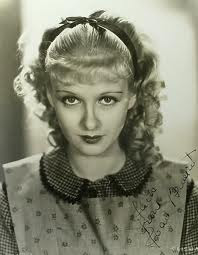 |
| Joan as Amy March in Little Women |
Later, as middle age approached, Joan shifted to the role of witty
and nurturing mother in Vincente Minnelli's comedies "Father of the
Bride" and "Father's Little Dividend".
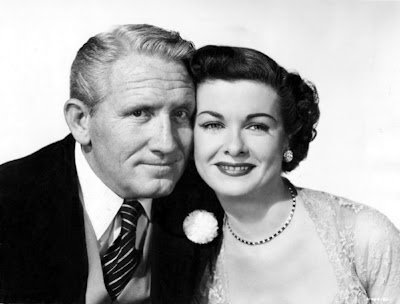 |
| Joan and Spencer Tracy in Father of the Bride |
On January 12, 19 40June 26, 19 43July 4, 19 48March 13, 19 49
Fun fact: Her co-star in Father of the Bride, Elizabeth Taylor, became a grandmother at the same age. She and Taylor also shared a February 27th birthday, and each gave birth to one of their children on their birthdays. They also both played the part of Amy March in "Little Women".
Fun fact: Her co-star in Father of the Bride, Elizabeth Taylor, became a grandmother at the same age. She and Taylor also shared a February 27th birthday, and each gave birth to one of their children on their birthdays. They also both played the part of Amy March in "Little Women".
 |
| Joan with third husband Walter Wanger |
 |
| Joan with daughters Stephanie and Shelley |
In 1951, Joan's screen career was marred by scandal after her
third husband, Wanger, shot and injured her agent Jennings Lang. Wanger
suspected that Lang and Joan were having an affair, which she adamantly denied.
Joan made only five movies in the decade that followed, as the shooting
incident was a stain on her career and she became virtually blacklisted.
Blaming the scandal that occurred for destroying her career in the motion
picture industry, she once said, "I might as well have pulled the trigger
myself."
Despite the shooting scandal and the damage it caused her movie career, she and Wanger remained married until finally divorcing in 1965.
She did continue to work steadily on the stage and in television and in the 1960s, she achieved success for her portrayal of Elizabeth Collins Stoddard on TV's cult classic, "Dark Shadows", for which she received an Emmy nomination in 1968. She was one of only three cast members that appeared in Dark Shadows from the beginning in 1966 to the shows end in 1971.
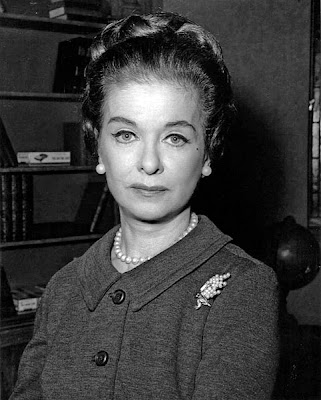 |
| Joan Bennett in Dark Shadows |
For her final movie role, as Madame Blanc in Suspiria in 1977, she
received a Saturn Award nomination.
On February 14, 1978 , she and retired publisher/movie critic
David Wilde were married and their marriage lasted until her death from a heart
attack, on December 7, 1990 at the age of 80. In her 'New York Times'
obituary she was said to be "...one of the most underrated actresses of
her time". At the time of her death, Joan had 13 grandchildren. Her first
two great-grandchildren were on the way - one of her grandsons and his wife
were expecting twins.
Joan had three distinct phases to her long and successful career,
first as a winsome blonde ingenue, then as a sensuous brunette femme fatale,
with looks that movie magazines often compared to those of Hedy Lamarr, and
finally as a warm-hearted wife/mother figure.
Celebrated for not taking herself too seriously, Bennett said in a 1986 interview, "I don't think much of most of the films I made, but being a movie star was something I liked very much." And what a movie star she was!


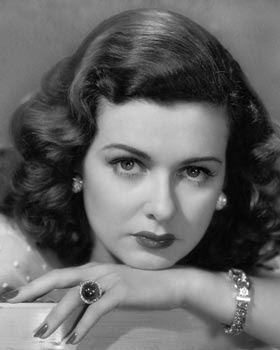
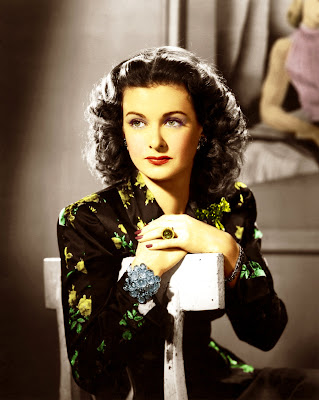
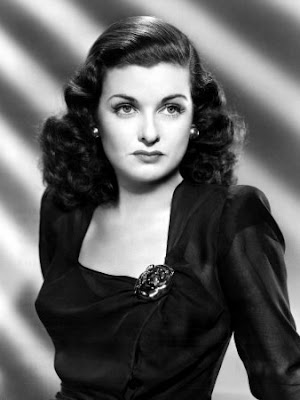





_03.jpg)



